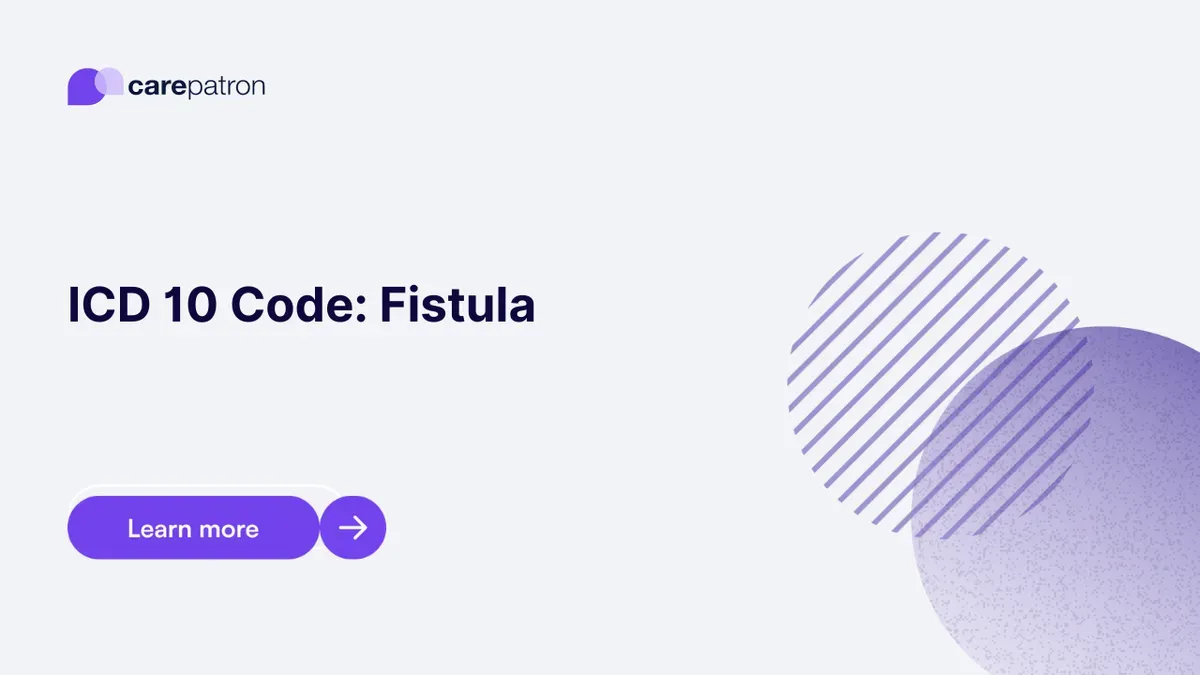
Fistula ICD-10-CM Codes
Discover how ICD-10 Codes Used for Fistula can classify and manage fistula-related medical conditions. Explore accurate coding for effective healthcare.
Use Code
Commonly asked questions
Applying a Fistula ICD code is appropriate when recording a patient's medical condition involving an abnormal connection between body parts or organs, such as an anal fistula or intestinal fistula. These codes are crucial in maintaining accurate medical records, facilitating insurance billing, and enabling effective communication among healthcare providers.
Diagnosis Codes associated with Fistulas typically correspond to common treatment approaches that often involve surgical interventions to repair or close the abnormal connection. The specific treatment method employed is determined by factors such as the type, location, and severity of the fistula. Additionally, healthcare providers may prescribe antibiotics when infections are a contributing factor.
A diagnosis code for Fistula holds significance as it provides a standardized method for describing a patient's medical condition characterized by an abnormal connection between organs or body parts. These codes are universally recognized tools that facilitate precise communication, aiding in treatment planning, streamlining insurance claims processing, and supporting medical research efforts.
EHR and practice management software
Get started for free
*No credit card required
Free
$0/usd
Unlimited clients
Telehealth
1GB of storage
Client portal text
Automated billing and online payments
